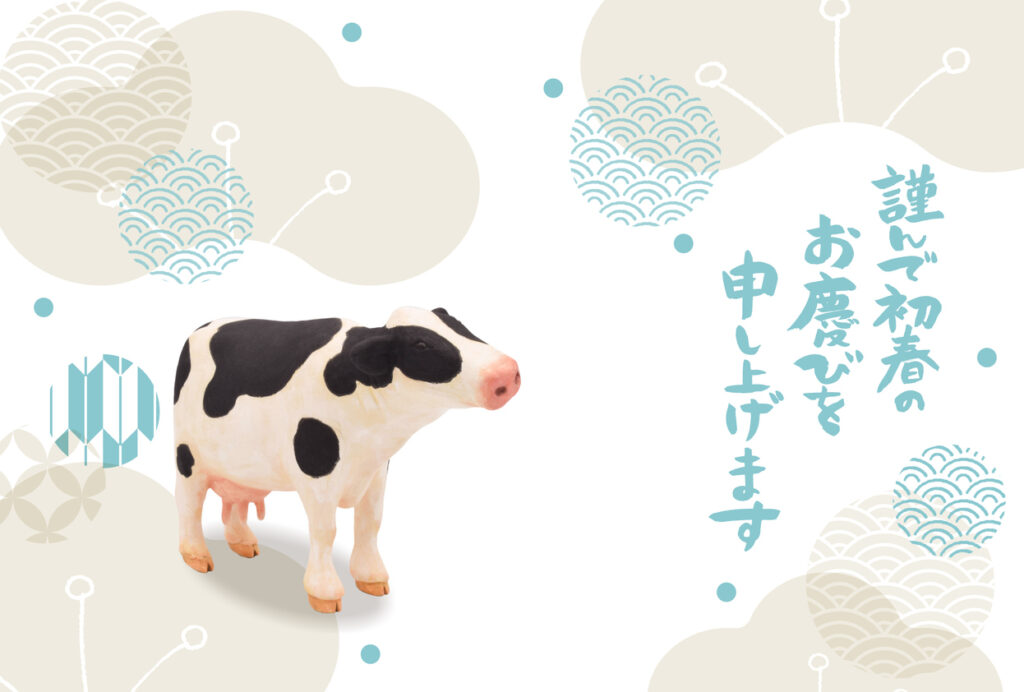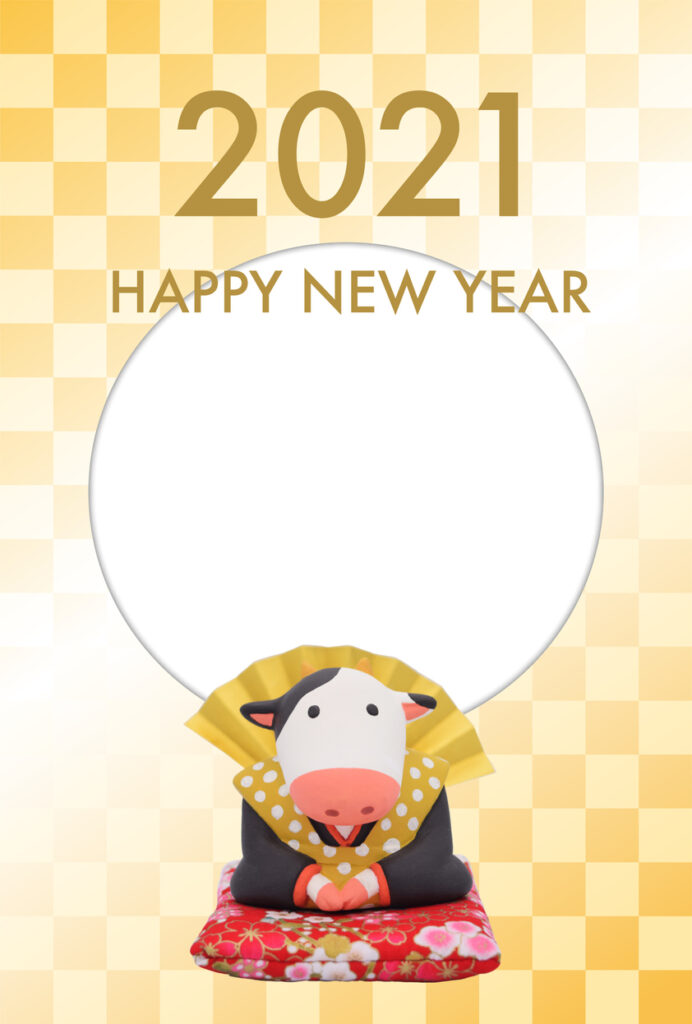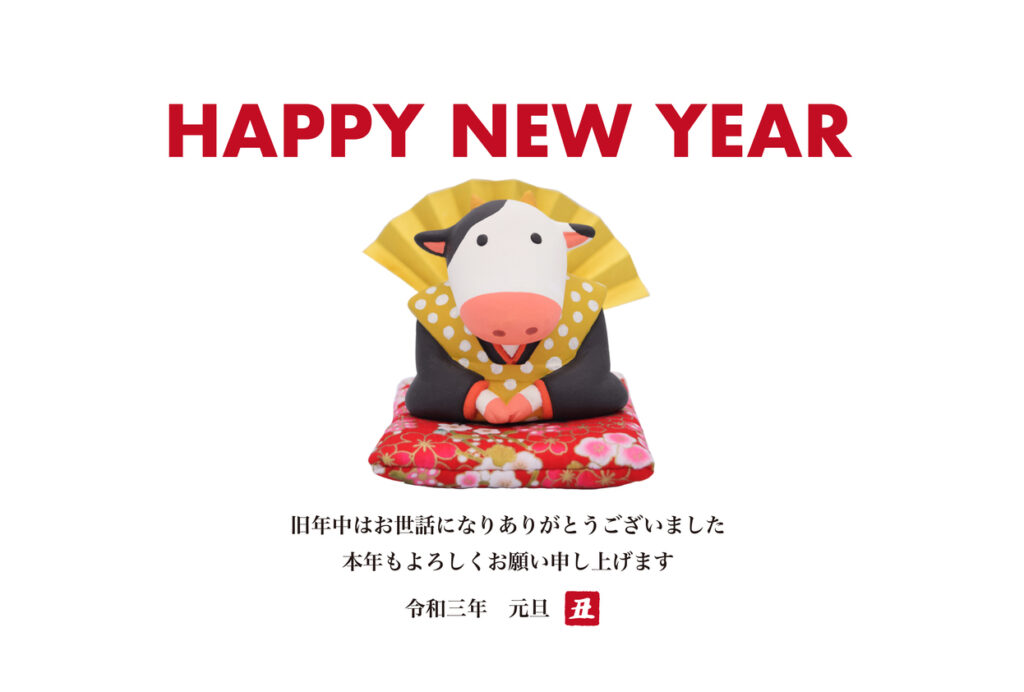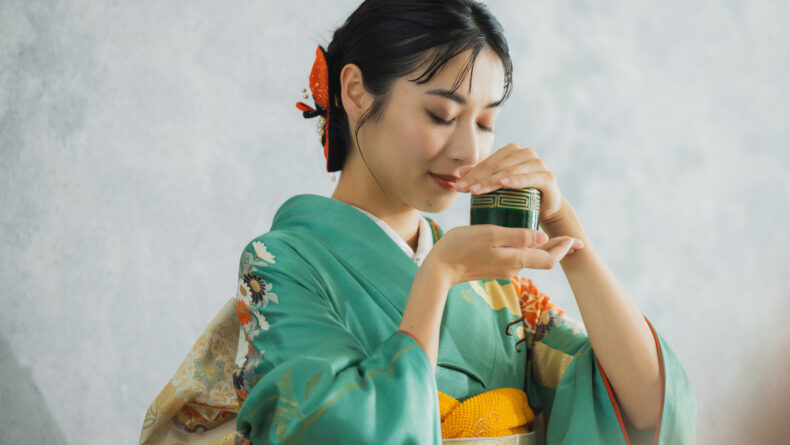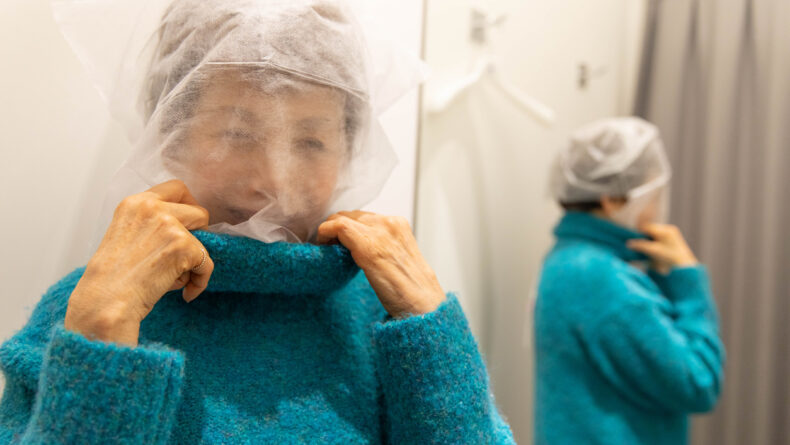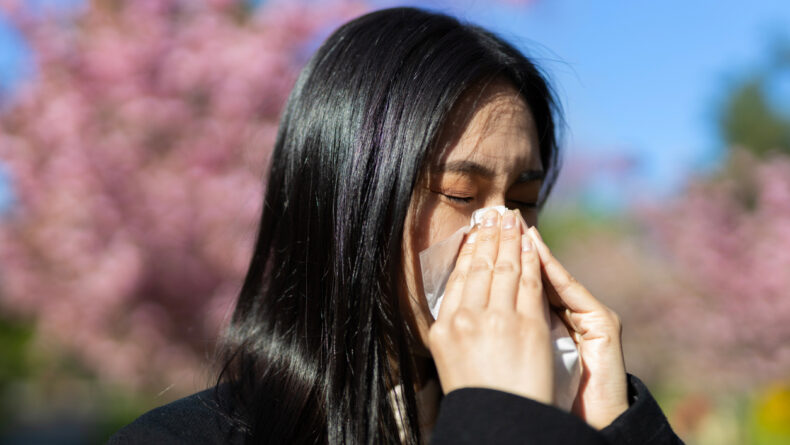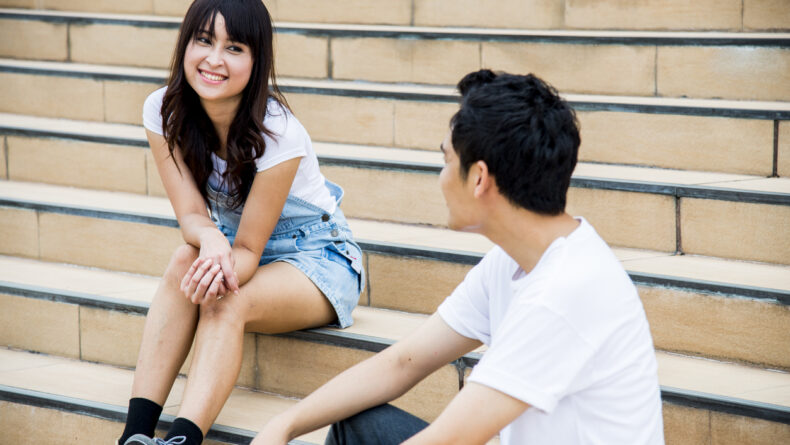All You Need To Know About Japan’s ‘Nengajo’ New Year’s Cards
Share the season's greetings in traditional Japanese style
Keep it simple or get creative – all you need is a postcard, a pen and your address book.
Similar to the Western custom of sending Christmas cards, in Japan, there is a tradition of sending new year’s greeting cards, called nengajo (年賀状). Since they are nowadays written on postcards, they are also known as nenga-hagaki (年賀はがき), or new year’s postcards. If you’re celebrating the new year in a traditional Japanese way and want to surprise your Japanese relatives, friends, and coworkers, here are a few tips on how to write the perfect nengajo!
What are the origins of nengajo?
The Japanese custom of sending written new year’s greetings dates back to at least the Heian era (794-1185) when the nobility started to write such letters to people who lived too far away for the usual face-to-face new year greetings. When Japan’s postal service followed Europe’s lead and created postcards in 1871, they were the perfect match for these greetings that required only the writing of “Happy New Year,” one’s name and an address. The tradition has been preserved since then, becoming one of the most common new year’s celebrations throughout the history of Japan.
The rise of electronic messaging services has naturally contributed to a continued fall in the number of nengajo sent each year, but it was estimated that Japan’s postal service delivered about two billion new year’s cards for 2020. In other words — an average of 15 cards per person.
Who do I send a nengajo to?
The question of who to send new year’s cards to may be as vexing an issue today as it was back then. The easy answer is “everyone you know,” but in practice, few people are so thorough. Since the purpose of the cards is to express your gratitude to relatives, friends, and colleagues who have helped you throughout the year, use that as your guide. They are also used to stay in touch with people you haven’t seen for a while.
Since the purpose of the cards is to express your gratitude to relatives, friends, and colleagues who have helped you throughout the year, use that as your guide.
If you receive a card from someone you haven’t sent greetings to, the rule goes that you should respond with a nengajo, too.
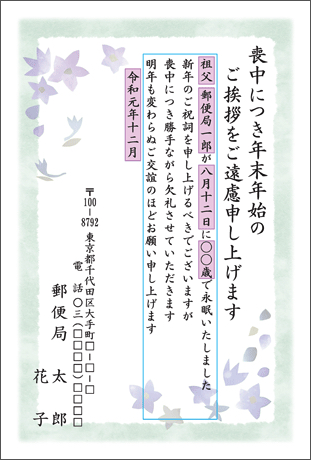
A mochuu hagaki or mourning postcard.
There is an exception to that rule, however: don’t send a new year’s card to anyone who has had a death in the family during the year. Bereaved families will send out mourning postcards called mochuu hagaki (喪中はがき) in advance to let their contacts know that, in effect, they will not be celebrating at the end of the year.
When do I send them?
To make sure that your cards are delivered on time (i.e. January 1), Japan Post starts accepting cards marked with the word nenga (年賀, new year’s greetings) from December 15 and keeps them for delivery on New Year’s Day. It highly encourages that you post your cards by December 25 to achieve a January 1 delivery.
It’s preferable for your nengajo to arrive by January 3, which is generally the last day of the new year’s holidays. So when you wake up on the morning of January 1 by the sound of the post office’s delivery bike, check what you’ve received, get your spare nengajo and start writing!
The latest date nengajo are delivered by is January 7. Postcards that arrive after that date should instead be winter greeting cards or kanchu-mimai (寒中見舞い). As usual, timing is everything in Japan!
How do I write a nengajo?
Postage-paid new year’s cards are sold at post offices, stationery stores, and convenience stores until early January. You can choose a blank card and decorate it yourself or pick a pre-designed one. Other cards can be transformed into new year’s cards by adding the appropriate postage (¥52) and writing “nenga” (年賀) at the top of the address side.
There are websites, too, that offer printable designs — the Japan Post has a create-your-own section with more than 400 designs for nengajo which you search here.
Cards addressed in Japanese are most often written vertically, with the address running down the right-hand side of the card. Use as many columns as you need for the address, but aim to write the person’s name in the middle, in bigger letters than you used for the address. It is best to write the name of each family member that you are addressing the card to — if you know them. Writing the family name just once is enough, but remember to follow each given name with the honorific “様” (sama).
Write your own name and address in smaller letters on the lower left-hand side of the card as in the photo below.
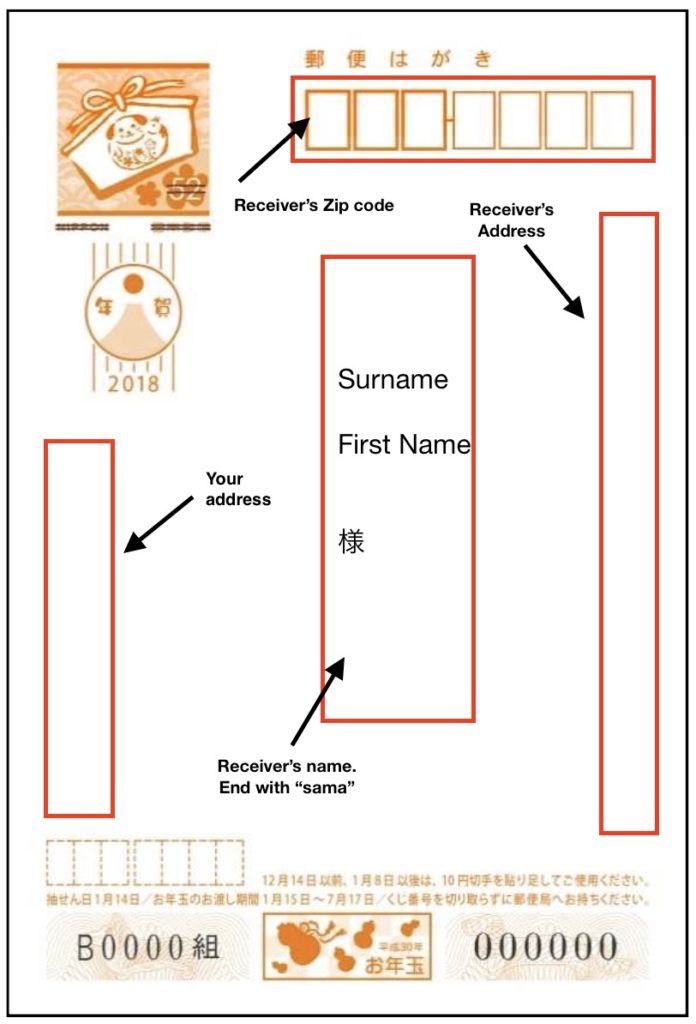
If you write the Japanese horizontally, write the address first, then the names below, then your own details lower down. When addressing cards in English, Japan Post advises writing them horizontally, with the receiver’s address in the bottom area slightly to the right, and the sender’s address at the top, slightly to the left (see a sample here). Since this shows how to write nengajo in English to send overseas, they have added: “Air Mail” at the bottom left, and “Postcard” at the top. Cards sent internationally will not be held back for a new year’s day delivery.
What should I write?
Custom requires you to write the date and a new year greeting (if it’s not already printed on the card), but other than that, how you use the picture side of the postcard is pretty much up to you.
To write the date in Japanese, use the local style which for 2021 would be “令和三年元旦” (Reiwa 3nen Gantan). Unless you’ve been living under a rock, you’ll know that we just started a new era called Reiwa last year. Gantan means January 1.
Some of the most popular ways to write “Happy New Year” in Japanese are the following:
明けましておめでとうございます (Akemashite omedeto gozaimasu), 新年おめでとうございます (Shinnen omedeto gozaimasu) or 謹賀新年 (Kinga Shinnen), all of which basically mean “Happy New Year!”
Most people also add a supplementary phrase, typically 今年もよろしくお願いします (Kotoshi mo yoroshiku onegaishimasu), which means something akin to “I look forward to our contact together again this year.”
That phrase is often preceded by 昨年はお世話になりました (Sakunen wa o-sewa ni narimashita): “Thank you for all your support last year.”
Many people decorate their cards with family photos, or shots of an important event they had during the year, such as a wedding. Ox will feature on 2021 new year cards because it is the year of the ox according to the Chinese zodiac, which is always the most popular design on nengajo.
So, now that you know what to do, buy a few postcards and spread the love to those you care the most about in Japan. It will surely put a smile on their face. Happy crafting!

